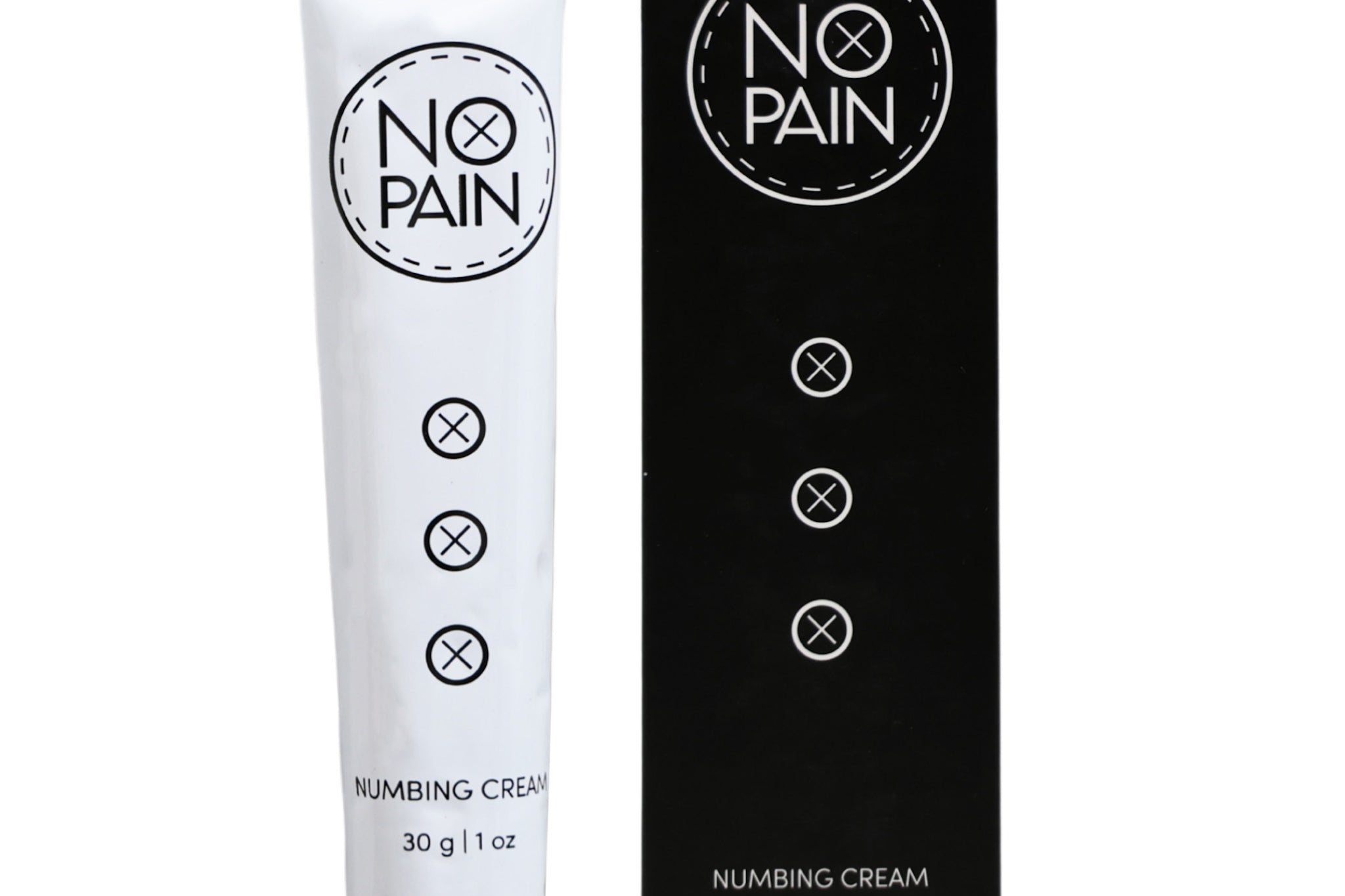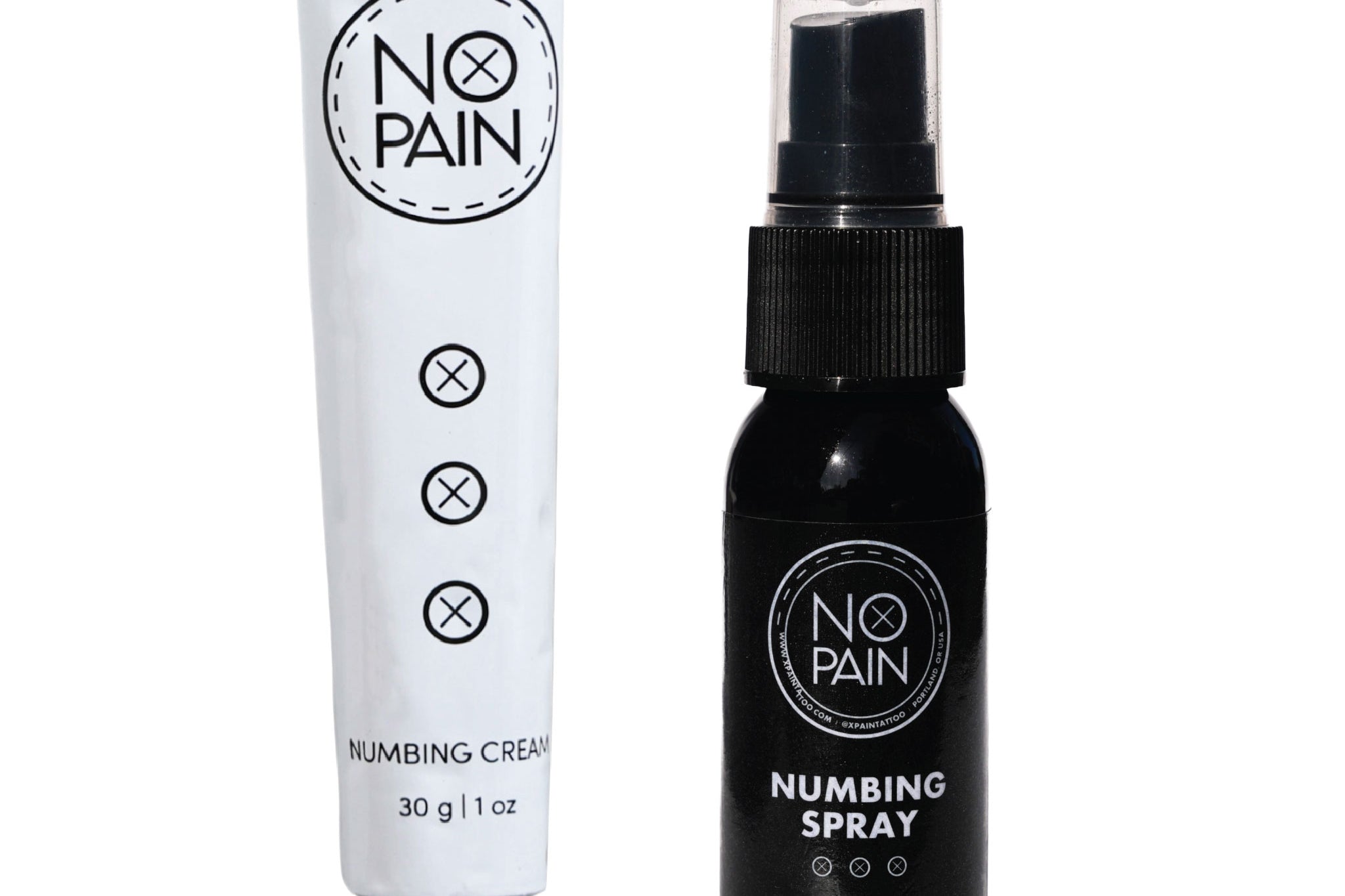You've just gotten a new tattoo on one of the most dynamic parts of your body—a hand, a finger, your inner elbow, or even your knee. These placements can look incredible, with designs that bend and flow with your every move. But this constant motion is the number one enemy of a healing tattoo.
How to care for a new tattoo in a spot that is always stretching, bending, and rubbing is a major challenge. The tattoo healing stages are often longer, more uncomfortable, and carry a higher risk of complications.
This is your complete guide to the challenges of healing a tattoo in a high-movement zone and the specific tattoo aftercare strategy you need to ensure a beautiful, lasting result.
Why Are These Placements So Hard to Heal?
-
Constant Stress on the Skin: Every time you bend your elbow, clench your fist, or walk, you are pulling and stretching the delicate, healing skin of your tattoo.
-
High Risk of Cracking: If the healing tattoo is allowed to get dry, this constant movement will cause the scabs to crack open. This is painful and is a guaranteed way to lose ink and develop scar tissue.
-
Friction: The inner elbow ("ditch"), the back of the knee, and your hands are all in constant contact with your body or your clothing, leading to irritation.
Your Action Plan for a Successful Heal
1. The Key to Success: Maintain Skin Elasticity
The most critical goal for healing a tattoo on a joint or a high-movement area is to keep the skin as flexible and elastic as possible. A dry, tight tattoo will crack; a supple, hydrated tattoo will bend.
This is where the right product for the first few days is essential.
-
The Perfect Tool: Among its many benefits, our No Pain Tattoo Soothing Gel is specifically designed to maintain the skin's elasticity during the critical first few days of healing. Its lightweight, water-based formula provides deep hydration to keep the skin pliable, but it absorbs cleanly and will not over-moisturize. This is the key. It prevents the skin from getting tight and cracking when you move, without creating the "gooey mess" that can suffocate the tattoo. It's the perfect healing product for these tough spots.
2. Transition to a Protective Barrier
After the first few days, once the initial weeping and intense inflammation have subsided, you can switch to a more protective moisturizer. A thin layer of our No Pain Tattoo Aftercare Balm will provide longer-lasting hydration and a breathable barrier to protect the tattoo from friction.
3. Be Meticulous with Cleaning
These high-contact areas are more prone to infection. You must gently wash your tattoo 2-3 times a day with a mild, antimicrobial cleanser like our No Pain Tattoo Cleansing Foam.
Managing Your Expectations
It's crucial to be realistic. How long does it take for a finger tattoo to heal? It can often take a week or two longer than a tattoo on a stable spot. You should also go into the process expecting that you may need a touch-up. It is very common for some ink to fall out in high-movement areas, even with a perfect aftercare routine.
The Verdict: While healing a tattoo on your hand, wrist, or in a "ditch" is a challenge, it is completely manageable. The entire battle is won by keeping the skin flexible and hydrated to prevent cracking. By starting with a product designed to promote elasticity and following a flawless aftercare routine with a complete system like our No Pain Tattoo Aftercare Bundle, you give your art the best possible chance to heal beautifully.




